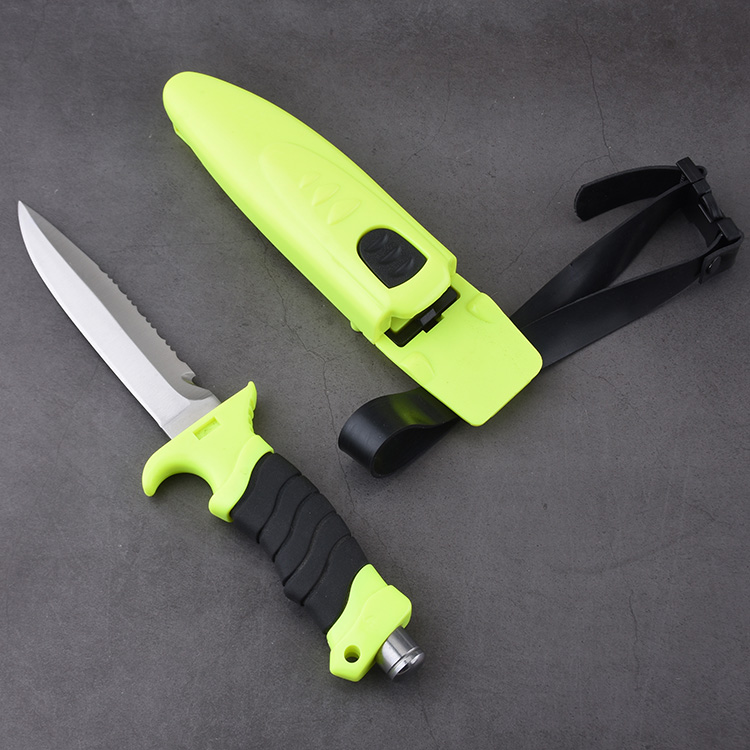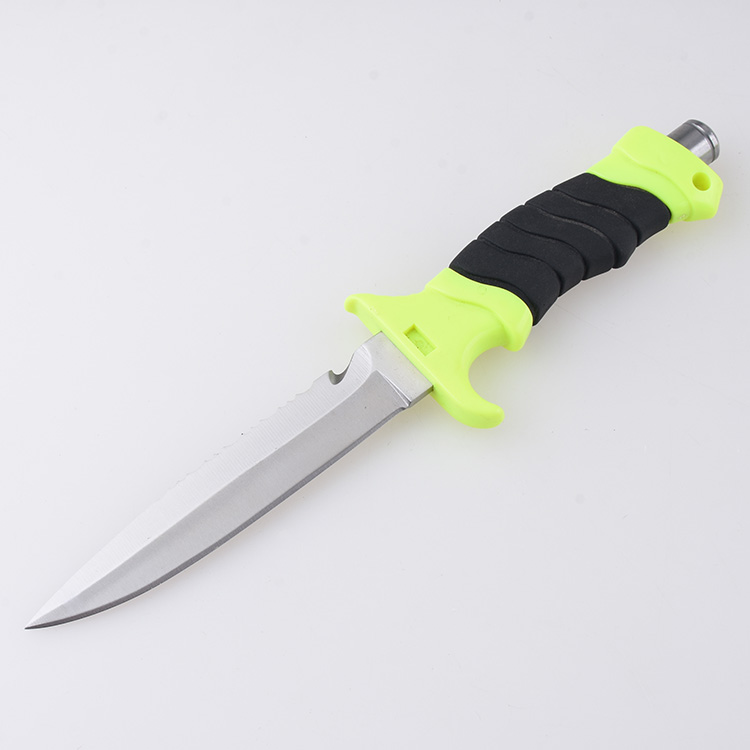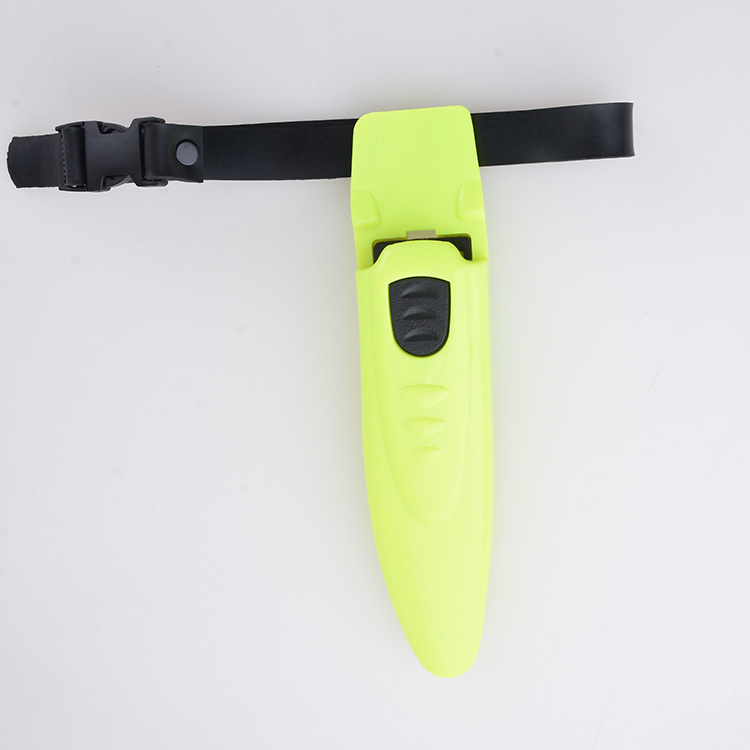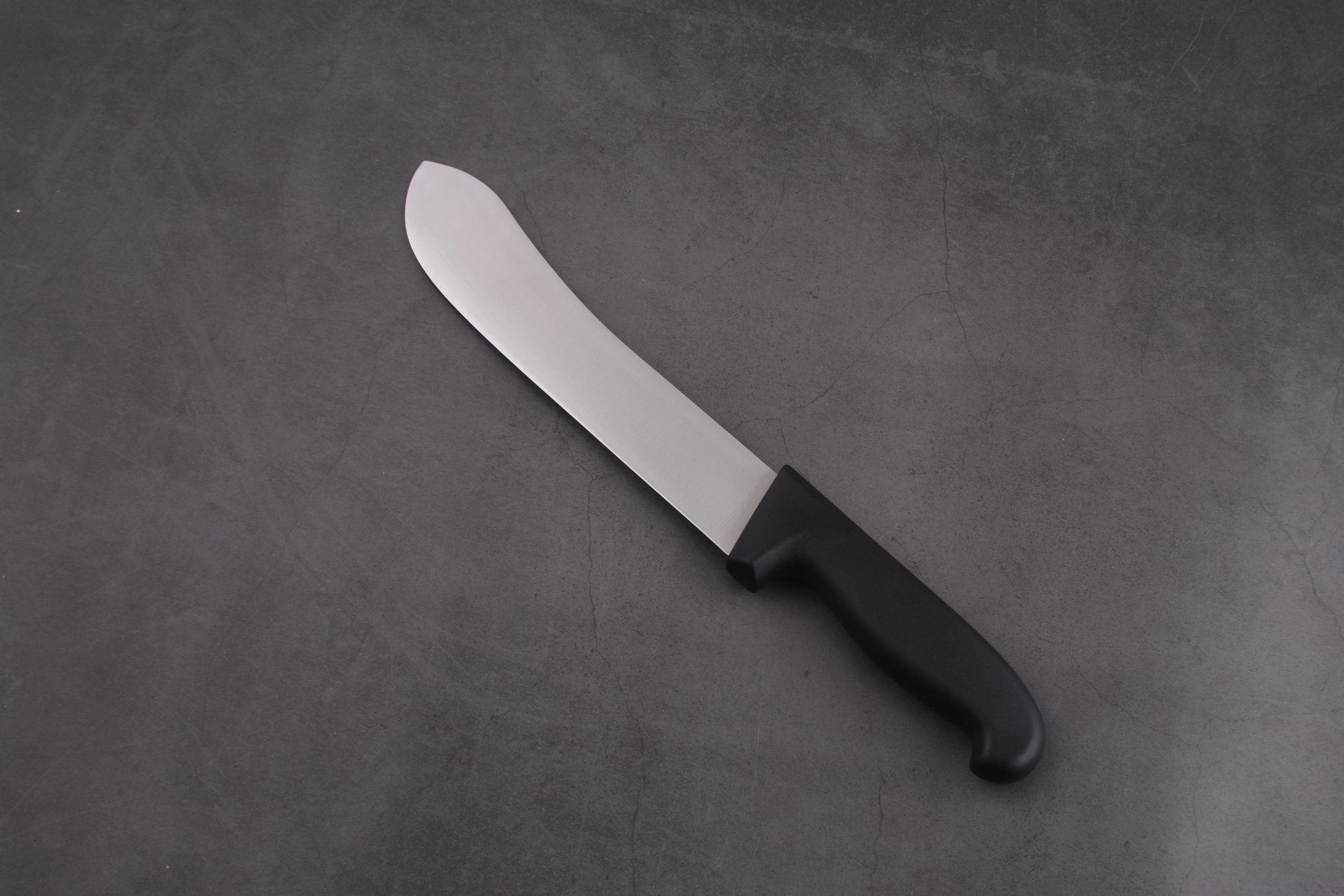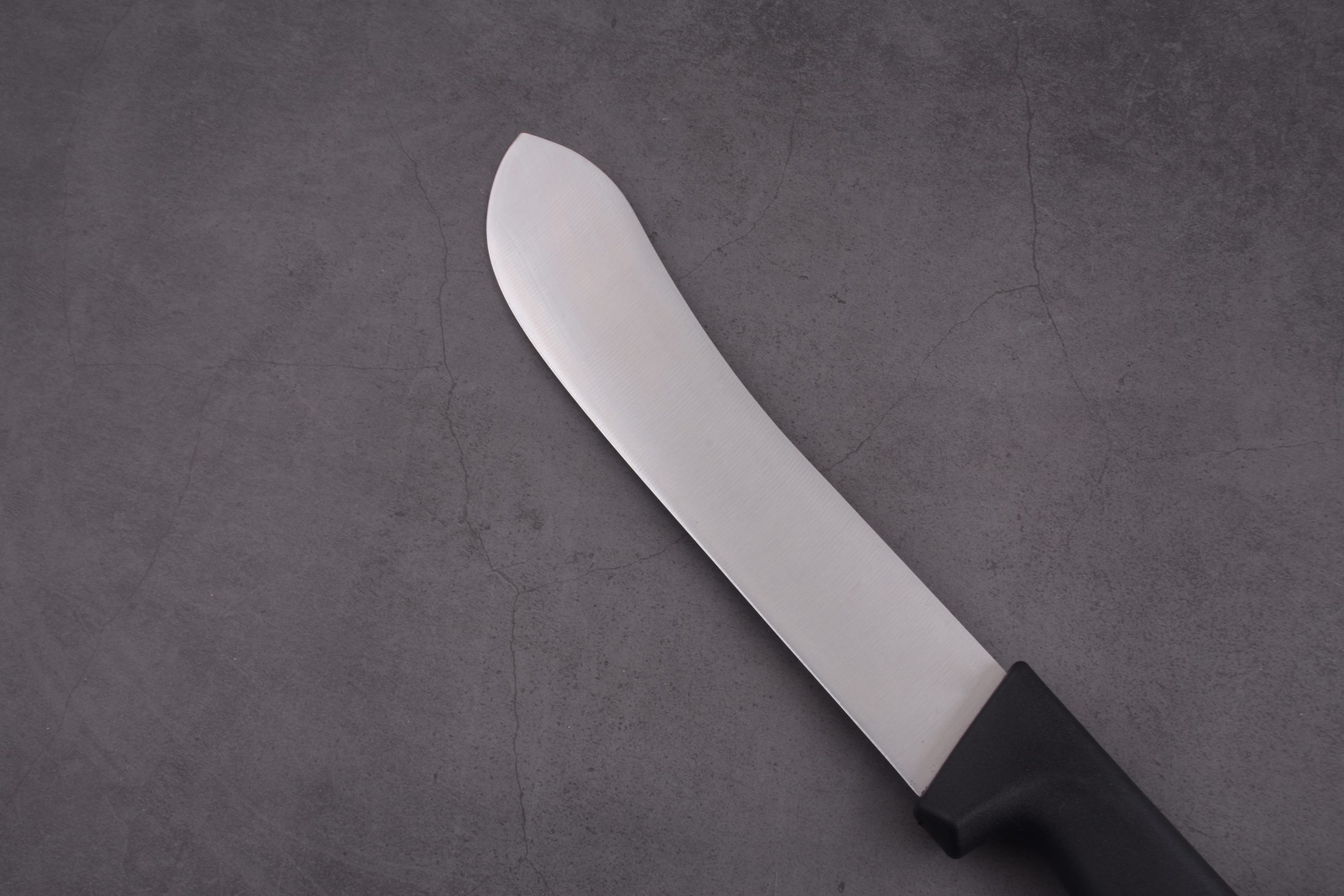Divers carry knives for a multitude of reasons – to cut away tangled lines, free trapped equipment, defend against dangerous marine life, or even as an emergency signaling device. This indispensable tool tucked neatly into a leg strap or BCD pocket serves divers in expected and unexpected ways, making it a true invisible companion on every dive.
This article explores the time-honored tradition, modern applications, considerations for choosing an ideal dive knife, proper maintenance, legal and ethical issues around owning and using dive knives, and the extensive accessories and customization options available to divers.
History and Tradition of Dive Knives
Dive knives have been an integral part of the diving experience for as long as people have been plunging below the surface with primitive underwater breathing devices. Early divers venturing amidst shipwrecks, nets, and lines found having a sharp blade at hand gave them a vital lifeline should they become trapped or entangled.
| Era | Use of Dive Knives |
| Ancient Times | Cutting tangled lines on primitive diving bells |
| 1800s | Escaping from stranded diving suits |
| Early 1900s | Cutting lines and nets around wrecks |
| 1940s | Trapped air pockets for rapid ascent |
| Modern Times | Multi-purpose self-rescue tool |
This tradition carried on through the 1800s as the first diving suits and helmets were developed and divers would carry a sheathed knife in case of getting stranded on the seafloor.
In ancient times, many divers perished due to getting trapped inside shipwrecks, so a knife carried expressly for cutting fishing nets and lines in an emergency became standard protocol. Technological innovations also expanded the knife’s roles – a trapped air pocket could be cut into buoyant diving suit materials allowing a diver to jet to the surface.
Today dive knives retain these traditional emergency cutting and self-rescue purposes but have expanded to be a versatile multi-tool and indispensable backup for the advanced modern diver amidst complex diving situations and equipment.
Basic Functions of Dive Knives
The most common uses for dive knives remain centered around cutting away anything causing an entanglement or hindrance:
- Cutting tangled lines and nets– Nets, lines, and cordage can easily snare divers and pose mortal danger. Having a dive knife allows quickly sawing through to escape entanglement.
- Freeing snagged equipment– Hooks, clips, and valves inevitably snag in tight spaces around wrecks and structures. A strategically placed cut frees the gear without damage.
- Emergency buoyancy control– Cutting holes into a BCD, drysuit, or even wetsuit allows gas release for emergency ascent.
- Spearfishing– Securing your catch, removing speared fish during loading, or cutting lines are made safer with a blade tip handy.
Safety and Emergency Uses
While cutting entanglements or lines can save air and prevent panic during “routine” dives, knives truly prove their worth when life goes sideways underwater:
- Protection from aggressive marine life– From curious sharks to angry eels, pointy aggressive fish are handled more safely by showing them your own pointy instrument.
- Emergency flotation and signaling– Cutting suit material into an improvised life ring maintains buoyancy to conserve energy and waves to signal boats above.
- Key for self-rescue techniques– Having a knife prepares you to enact emergency procedures like buddy breathing or buddy ascent that would otherwise be impossible. With a knife, there are always options.
Applications in Modern Diving
While decades of tradition cemented the dive knife’s reputation as a lifesaving self-rescue device, expanded roles in advanced diving keep this versatile tool relevant:
- Scientific sample collection– Custom dive tools get bulky. Strapping a compact dive knife simplifies collecting biological or geological samples.
- Commercial diving operations– Common equipment repairs, cutting lines, opening stuck valves/hatches make carrying a knife standard for professional diving.
- Dive propulsion vehicles– Blades work wonders freeing a jammed propeller or cutting pesky lines off an underwater scooter.
- Cave penetration– Restrictive passages, complex lines, zero visibility, and no quick ascent make a cave diving knife mandatory.
- Wreck/structure penetration– Keeping a sharp blade handy allows cutting niche access holes or quick escape if debris shifts and traps a line/hose.
Considerations for Selecting a Dive Knife
With expanded utility comes confusion on what makes the “ultimate” dive knife. Keep these aspects in mind:
Дизайн лезвия
- Serrated or straight edge– Both have pros and cons depending on intended use. Serrated is better sawing ropes/nets, straight edge better stabs pesky lines.
- Blunt or sharp tip– Sharp punctures easier, blunt pokes fewer holes in BCDs/drysuits during practice. Easier to dull a sharp knife than properly sharpen a blunt one.
- Shape/style– Лопасти овчины provide stability cutting nets/lines. Drop points pierce well. Daggers have enhanced penetration. Find one matching your needs.
Дизайн ручки
- Материал– Metal handles transfer vibration to the hand while diving making cutting painful. Rubber and polymers dampen vibration for comfort and control.
- Finger holes/loops– Good for setting lines, less so for cutting due to limited range of motion.
- Grooved for glove grip– Essential for cold water diving.
Accessories & Gear Integration
- Leg/arm straps– Easy access trumps safe storage. Strapping to a thigh or bicep makes the knife “part of you”.
- Custom sheaths– Well-designed sheaths securely hold a knife yet allow easy draw during an emergency.
- Integrated blunt tip– Some knife tips convert to a flathead screwdriver style tip to poke valve buttons/switches without damage.
- Line cutter notch– Blades with special notches easily set and cut lines without needing to adjust grip, great for cave and penetration diving.
| Blade Comparison Chart | Titanium Blade | Нержавеющая сталь |
| Initial Cost | Higher | Lower |
| Устойчивость к коррозии | Higher | Moderate |
| Острота | Moderate | Higher |
| Strength | Lower | Higher |
| Overall Value | Higher | Moderate |
Maintenance & Care
An often overlooked aspect is proper storage and care to keep your knife performing when needed most:
- Post-dive cleaning– Use freshwater to prevent corrosion after exposure to saltwater and rinse debris that compromises water sealing and the sheath lock.
- Proper storage conditions– Control temperature and humidity to prevent blade corrosion during storage. Silica packs in the sheath absorb moisture during longer storage.
- Replacement sheaths– Sheath damage or failure leads to blade loss or injury. Inspect closely and replace worn sheaths. Consider periodic replacement as cheap insurance.
- Sharpening services– Using a knife dulls the fine blade edge. Seek professional sharpening services annually to restore a razor edge and peak performance. Neglecting sharpness impacts function during emergencies.
Legal & Ethical Concerns
Despite the utilitarian benefits of dive knives, legal and ethical issues surround their ownership and use:
Legal Issues
- Local knife laws– Regional legislation may restrict possessing or transporting certain blade styles, lengths, opening mechanisms, or added tools.
- Transport regulations– Carrying dive knives onto planes for your diving vacation opens another legal can of worms.
- Aquarium prohibitions– Public aquariums understandably prohibit anything resembling weapons around their exhibits. But also restrict tools their staff divers require.
Ethical Concerns
- Avoid reckless threat displays– Brandishing a knife threateningly around aquatic life trains dangerous behavior associating divers with food sources.
- Consider environmental impact– Improper cutting techniques harm reef organisms. Carefully slicing nets/lines only damages what is necessary.
- Report violations– See someone violating ethical standards? Kindly explain proper technique or notify authorities as needed.
Заключение
As we’ve seen, the simple dive knife holds invaluable importance for recreational, professional, and scientific divers across eras and applications. When integrated as standard and properly maintained dive gear, a compact cutting tool truly serves as a stealthy lifeline in unexpected situations.
Shieldon®– the choice of seasoned divers building their perfect dive system. With over 23 years producing tough and tested blades, we offer:
📌 OEM manufacturing services – innovative handle and sheath materials built to your exact specifications
📌 Quality and safety – premium steel meeting strict DIN 699 standards
📌 Exclusive custom designer blades – mix unique coated finishes and laser engraving
📌 Premium blade materials like titanium alloys & Elmax steel uniquely resist saltwater corrosion
📌 Custom accessories, blanks, and packaging for small orders
Check out our interactive decision helper recommending your ideal knife metal, budget, accessory needs. We also offer special pricing for dive clubs, resorts, and charter operators building their group gear packages.
Through understanding the dive knife’s storied tradition, expanding utility, legal aspects, and maintenance best practices you are now armed with knowledge matching your blade. As adventurous diving continues charting undiscovered depths and challenges, ensure your silent companion stands ready.
Часто задаваемые вопросы
What are the main uses of a dive knife in an underwater environment?
The main uses of a dive knife underwater are:
- To free yourself or your buddy if entangled in fishing line, nets, or vegetation
- To cut through tough materials like fish bones, rope, or seaweed
- To dig or pry during a dive
- To knock on tanks to get a buddy’s attention
What key features should be considered when selecting a dive knife?
Key features to consider when choosing a dive knife include:
- Blade material (titanium or stainless steel)
- Blade shape (leaf-shaped, serrated, straight edge)
- Blade size (typically 4-5 inches for recreational divers)
- Handle comfort and grip
- Tip shape (blunt or pointed)
- Attachment options (line cutting notch, finger grips, security lock)
How does the blade material of a dive knife affect its performance?
Titanium dive knives offer superior corrosion resistance but are more expensive, while stainless steel knives are strong, reliable, and cost-effective. Stainless steel knives are easier to sharpen but require more maintenance to prevent rusting. Titanium knives are also lighter and harder to break.
What are the special maintenance and care requirements for dive knives?
Dive knives require regular maintenance to prevent corrosion and ensure functionality. After each dive, the knife should be rinsed in fresh water, dried, and oiled or rubbed with silicone. Stainless steel knives require more frequent maintenance compared to titanium.
How can divers safely and effectively use a dive knife underwater?
To safely and effectively use a dive knife underwater, divers should:
- Understand the knife’s capabilities and limitations by testing it before relying on it
- Ensure the knife is securely attached and accessible, without interfering with other equipment
- Be deliberate with cutting actions and practice cutting skills regularly
- Never use the knife to harm marine life or deface the underwater environment

